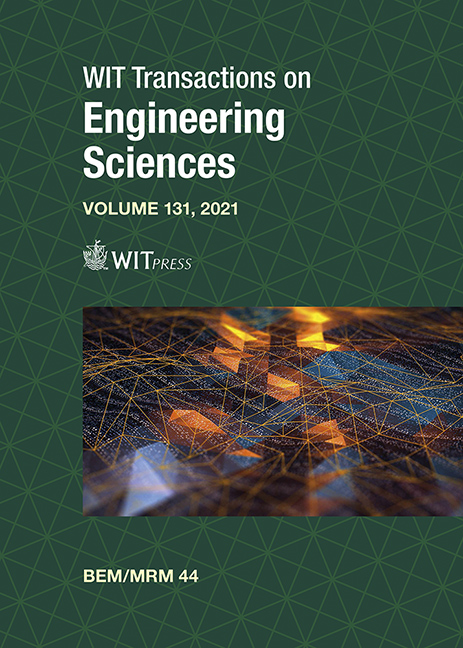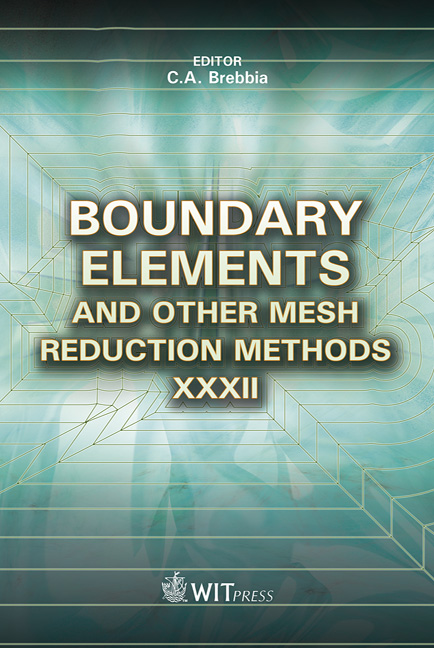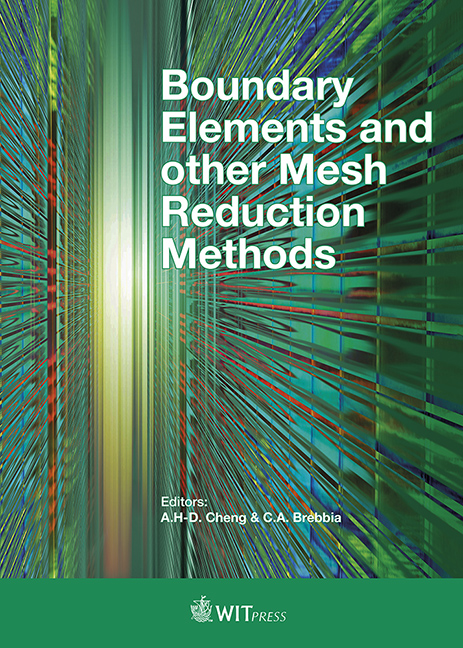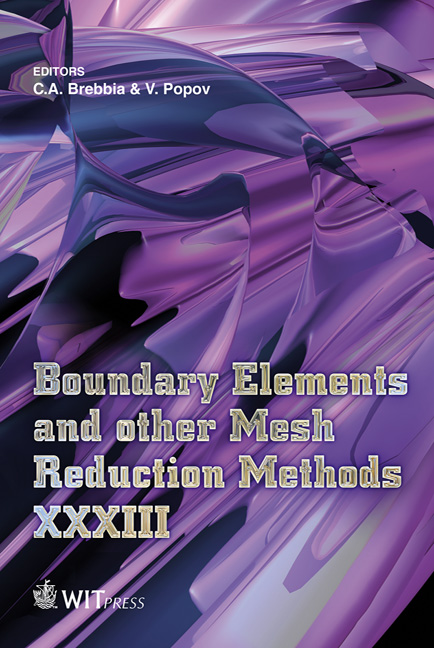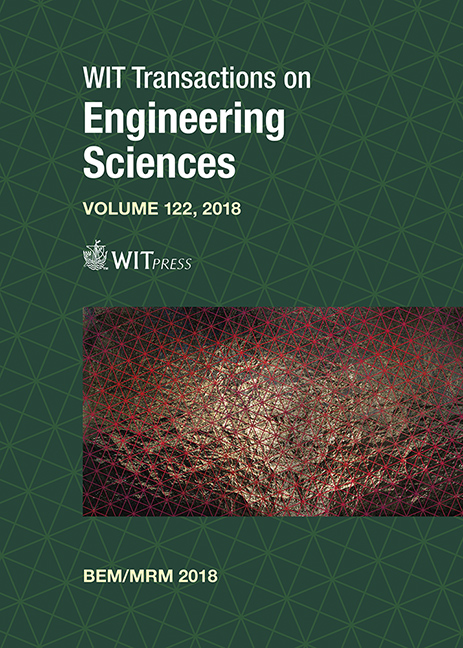Boundary Elements and other Mesh Reduction Methods XLIV
Edited By: A. H-D Cheng, University of Mississippi, USA and member of WIT Board of Directors
Price
$106.00 (free shipping)
ISBN
978-1-78466-431-2
eISBN
978-1-78466-432-9
Pages
174
Transaction Series
WIT Transactions on Engineering Sciences
Transaction Volume
131
Published
2021
Format
Hardback
The maturity of BEM over the last few decades has resulted in a substantial number of industrial applications of the method; this demonstrates its accuracy, robustness and ease of use. The range of applications still needs to be widened, taking into account the potentialities of the Mesh Reduction techniques in general.
Theoretical developments and new formulations have been reported over the last few decades, helping to expand the range of boundary elements and other mesh reduction methods (BEM/MRM) applications as well as the type of modelled materials in response to the requirements of contemporary industrial and professional environments.
As design, analysis and manufacture become more integrated, the chances are that software users will be less aware of the capabilities of the analytical techniques that are at the core of the process. This reinforces the need to retain expertise in certain specialised areas of numerical methods, such as BEM/MRM, to ensure that all new tools perform satisfactorily within the aforementioned integrated process.
The papers included were presented at the 44th International Conference on Boundary Elements and other Mesh Reduction Methods and report advances in techniques that reduce or eliminate the type of meshes associated with finite elements or finite differences.

